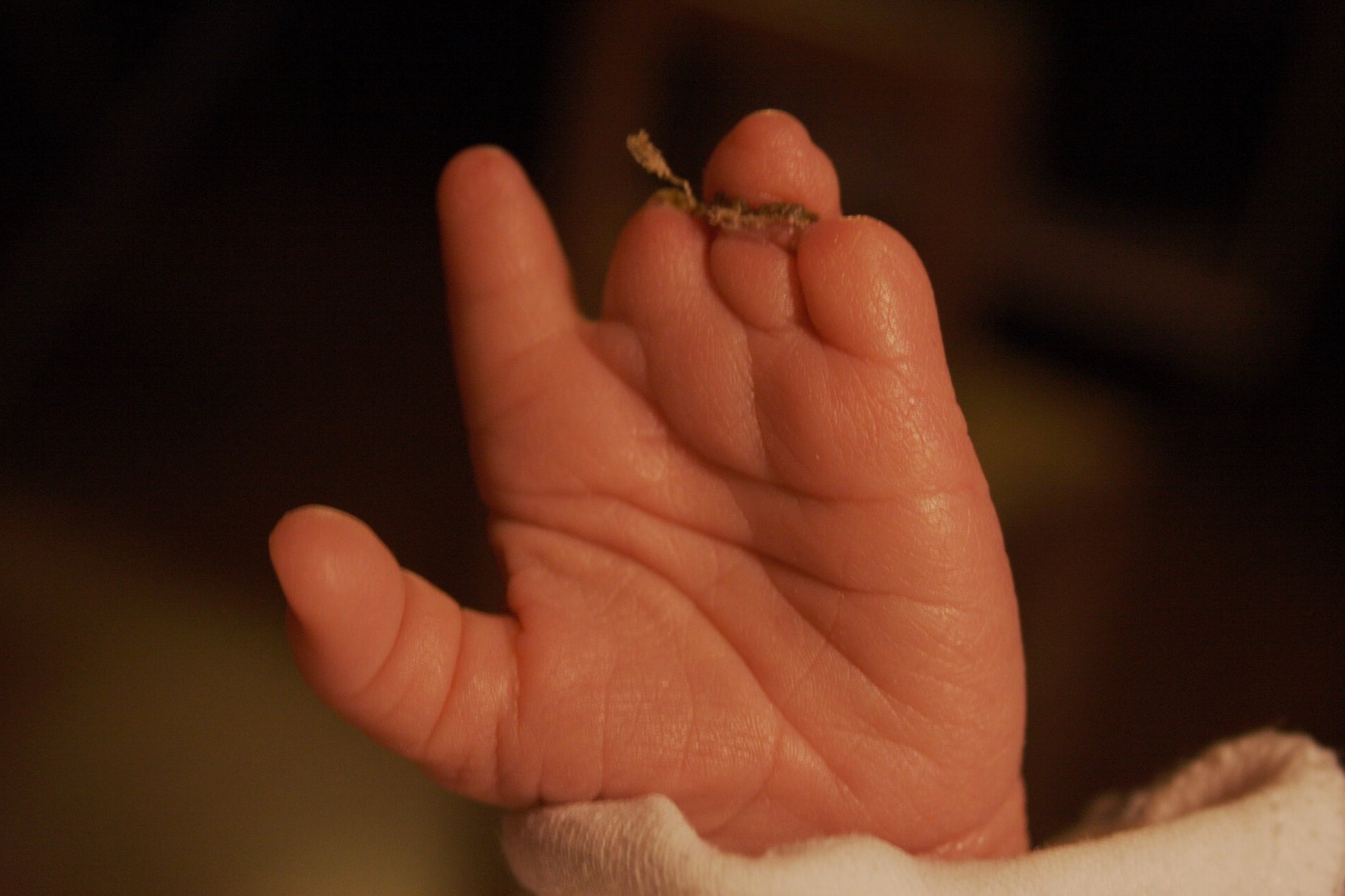
What is LBWC? LBWC stands for Limb Body Wall Complex, a rare and severe congenital disorder. Babies with LBWC often have multiple birth defects, including limb abnormalities, body wall defects, and issues with internal organs. Amniotic Bands are fibrous strands in the womb that can entangle a developing fetus, leading to these complications. The exact cause of LBWC remains unknown, but it's believed to result from early amniotic rupture or vascular disruption. This condition is usually diagnosed through prenatal imaging and has a poor prognosis. Understanding LBWC can help in early detection and management, providing crucial support for affected families.
Key Takeaways:
- LBWC, or Limb Body Wall Complex, is a rare disorder with severe limb and organ malformations. It's often linked to amniotic bands, which can restrict blood flow and cause deformities.
- Early diagnosis and comprehensive care are crucial for managing LBWC. While treatment options are limited, ongoing research and advances in medical technology offer hope for improved outcomes.
What is LBWC?
LBWC, or Limb Body Wall Complex, is a rare congenital disorder. It involves severe malformations of the limbs, body wall, and internal organs. This condition is often associated with amniotic bands, which are fibrous strands that can entangle fetal parts.
- LBWC is extremely rare, occurring in approximately 1 in 10,000 to 1 in 15,000 pregnancies.
- The exact cause of LBWC is unknown, but it is believed to result from early amniotic rupture or vascular disruption.
- Amniotic bands can restrict blood flow, leading to limb deformities or amputations.
- LBWC often includes defects in the abdominal wall, such as gastroschisis or omphalocele.
- The condition can also affect the spine, leading to scoliosis or other spinal abnormalities.
Symptoms and Diagnosis
LBWC presents with a variety of symptoms that can be detected through prenatal imaging. Early diagnosis is crucial for managing the condition.
- Ultrasound is the primary tool for diagnosing LBWC during pregnancy.
- Common symptoms include limb deformities, such as clubfoot or missing fingers.
- Abdominal wall defects are often visible on ultrasound scans.
- Spinal abnormalities, like scoliosis, can also be detected prenatally.
- In some cases, the fetus may have facial clefts or other craniofacial anomalies.
Causes and Risk Factors
While the exact cause of LBWC remains unclear, several theories and risk factors have been proposed.
- One theory suggests that early amniotic rupture leads to the formation of amniotic bands.
- Another theory involves vascular disruption, which can impair blood flow to developing tissues.
- Genetic factors may play a role, although no specific genes have been identified.
- Environmental factors, such as maternal smoking or drug use, could increase the risk.
- Advanced maternal age has also been suggested as a potential risk factor.
Treatment and Management
Managing LBWC is challenging due to the severity of the malformations. Treatment options are limited and often focus on supportive care.
- In many cases, LBWC is diagnosed early, leading to the consideration of pregnancy termination.
- For those who continue the pregnancy, specialized prenatal care is essential.
- Postnatal treatment may involve multiple surgeries to correct limb and abdominal defects.
- Physical therapy can help improve mobility and function in affected limbs.
- Long-term care often requires a multidisciplinary team, including surgeons, physical therapists, and pediatricians.
Prognosis and Quality of Life
The prognosis for infants with LBWC varies widely, depending on the severity of the condition and the extent of the malformations.
- Many infants with LBWC do not survive beyond the neonatal period due to severe complications.
- Those who survive often face significant medical challenges and require ongoing care.
- Quality of life can be improved with early intervention and comprehensive medical support.
- Some children may achieve a degree of independence with the help of prosthetics and adaptive devices.
- Emotional and psychological support is crucial for both the affected children and their families.
Research and Future Directions
Ongoing research aims to better understand LBWC and develop more effective treatments. Advances in medical technology offer hope for improved outcomes.
- Researchers are investigating the genetic and environmental factors that contribute to LBWC.
- Advances in prenatal imaging techniques may allow for earlier and more accurate diagnosis.
- Experimental treatments, such as fetal surgery, are being explored to correct defects before birth.
- Improved surgical techniques and prosthetics are enhancing the quality of life for affected individuals.
- Support groups and advocacy organizations are working to raise awareness and provide resources for families affected by LBWC.
Final Thoughts on LBWC
LBWC, or Limb Body Wall Complex, is a rare congenital disorder with significant impacts on affected individuals. Understanding its causes, symptoms, and diagnosis is crucial for medical professionals and families alike. This condition, often linked to amniotic bands, can lead to severe physical abnormalities and requires comprehensive medical care. Early detection through prenatal imaging can help in planning appropriate interventions and support. While there's no cure, advancements in medical science offer hope for better management and improved quality of life for those affected. Raising awareness about LBWC can lead to more research and better resources for families. Knowledge empowers us to provide the best care and support for those facing this challenging condition.
Frequently Asked Questions
Was this page helpful?
Our commitment to delivering trustworthy and engaging content is at the heart of what we do. Each fact on our site is contributed by real users like you, bringing a wealth of diverse insights and information. To ensure the highest standards of accuracy and reliability, our dedicated editors meticulously review each submission. This process guarantees that the facts we share are not only fascinating but also credible. Trust in our commitment to quality and authenticity as you explore and learn with us.
